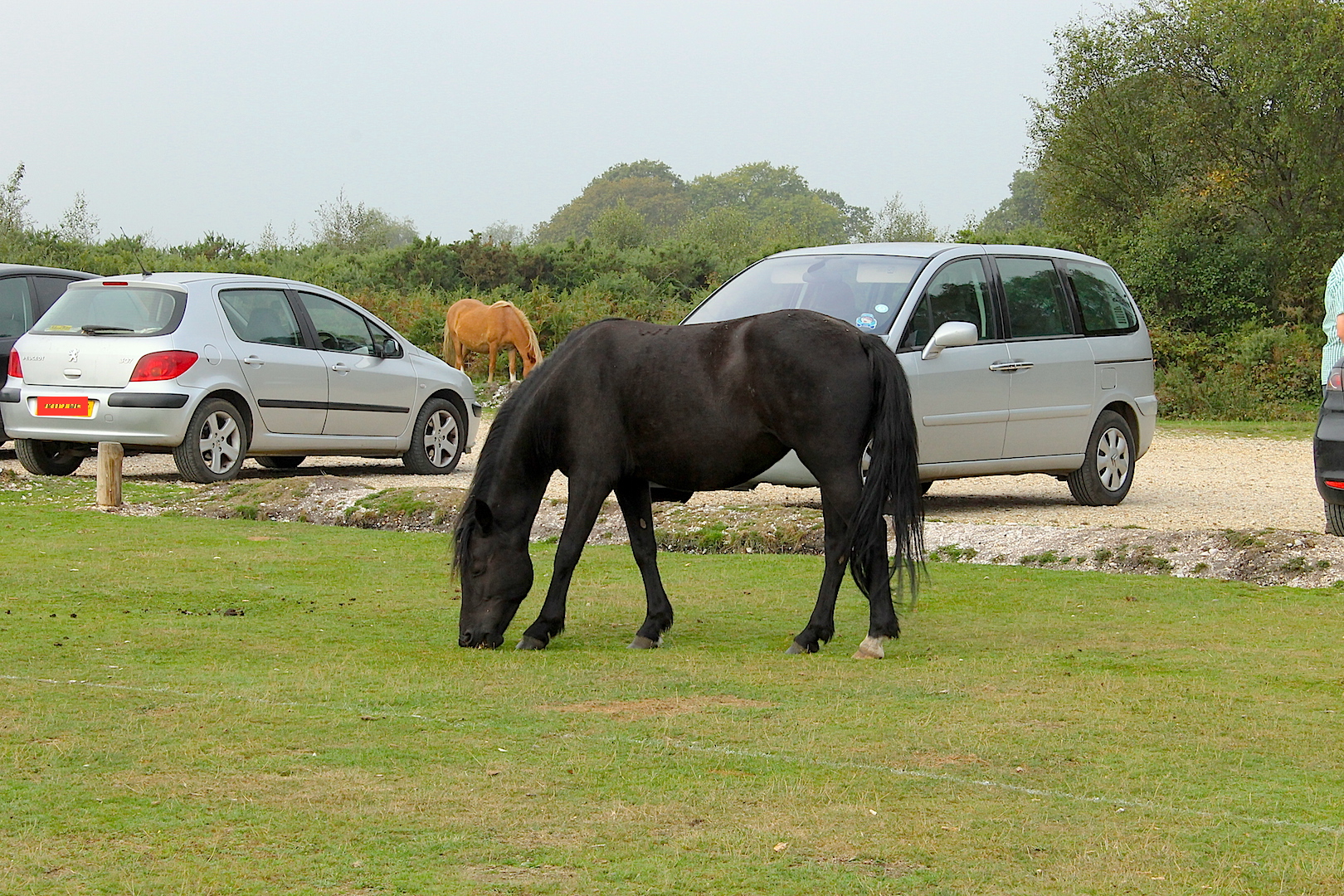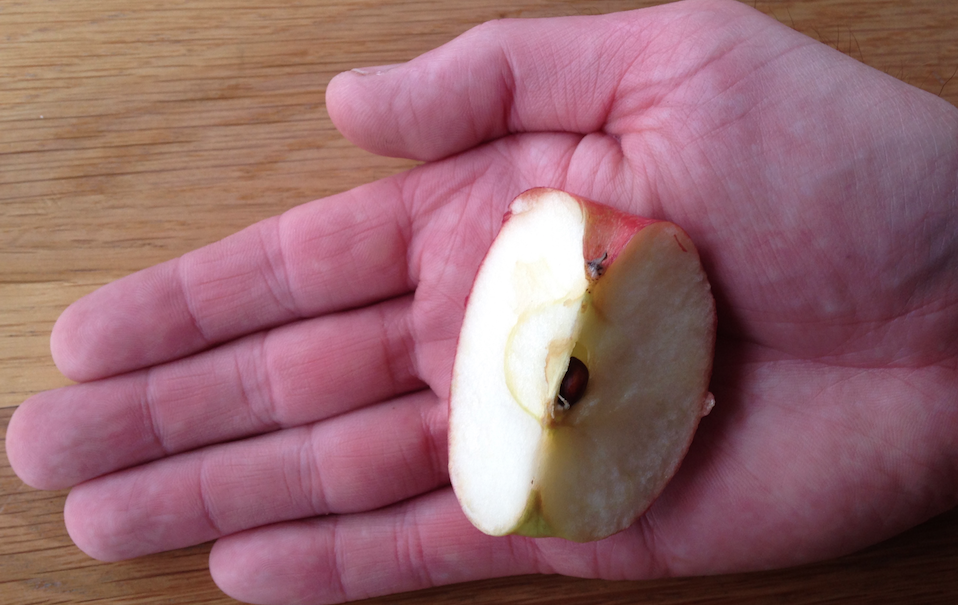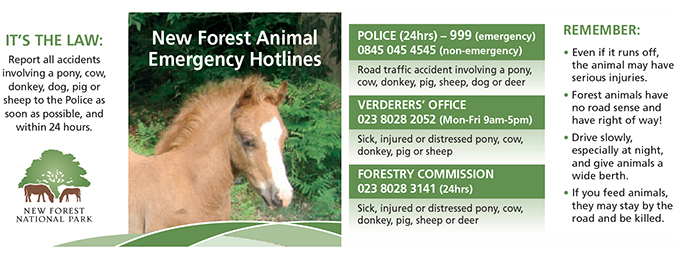
Visitors who feed the New Forest ponies, and other livestock, are teaching them not to fear humans or cars.
This week I had a long Twitter conversation with someone concerned about the amount of people feeding and petting the donkeys at Hatchet Pond, near Beaulieu. In one incident a family went even further, and were trying to force a donkey foal into the lap of a child seated on the ground, so that the mother could take a photo. (Readers with access to social media may have seen similar images and videos doing the rounds of people rolling around on the floor cuddling baby elephants and thoroughbred foals etc.) My outraged follower was incensed by such an exhibition of cruelty, and asked if there was at least a fine for feeding the animals in the New Forest. The short answer is, of course, yes. There is a fine of £200 and the risk of a criminal record, if you are successfully prosecuted for feeding a commonable animal in the New Forest.
Under the New Forest Byelaws (Statutory Instruments 2010, No. 993), Section 16:
(1) No person other than the owner, or a person appointed as their agent or an agister shall hand feed or attempt to hand feed any horse, bovine animal, sheep or pig depastured in the Forest.
(2) No person shall place in the Forest any material that might be consumed by horses, bovine animal, sheep or pigs depastured in the Forest, except that the owner or a person appointed as their agent may place straw, hay or other feedstuffs approved by the Verderers in the Forest for the benefit of the owner’s horses, bovine animal, sheep or pigs in such places as shall have been previously approved for that purpose by the Verderers.
(3) In this byelaw “agister” means a person who is for the time being employed or appointed as an agister by the Verderers.
The New Forest’s free-roaming livestock (ponies, donkeys, cattle, pigs and, in some areas, sheep) are owned by local people with ‘common rights’, who are responsible for the care and maintenance of their animals. (The animals are not wild, therefore, but semi-feral.) New Forest common rights are administrated and protected by the Verderer’s, who have the power and legal status of a magistrate. The Verderers employ Agisters, whose job it is to assist the commoners and make sure that they keep their animals to an appropriate standard. Visitors who feed the animals are interfering with their upkeep.
Big no-no!
The reason that feeding the Forest animals is such a big no-no is because it seriously jeopardises their safety and welfare. Hand feeding encourages aggression, because the animals demand food from visitors and often get very upset when there is none or when the supply runs out. People feeding the waterfowl, at places like Hatchet Pond, are often surrounded by donkeys insisting on being fed too. Some visitors, in trying to protect the food for the ducks and swans, have been chased and even mugged by the animals jealous for their share. Hand feeding also teaches the ponies and donkeys to bite. Visitors unused to holding out titbits for equines can be very tentative about offering them an outstretched palm bearing food. This faltering motion teaches the ponies and donkeys to lunge, in order to try and quickly snatch the proffered food. Many people are bitten in this scenario dropping the food as a result. The animals then learn that if they just bite they’ll get the food that was dropped on the floor by the nervous visitor. This aggressive (and learned) behaviour can lead to the permanent removal from the Forest of the offending pony or donkey, which is not fair to an animal that was born there. Animals displaying bad behaviour or violence to humans are difficult to sell on, do not make good pets, and in extreme cases may have to be put down.
Human Food is not animal food.
Hand feeding or leaving food out on the verges also encourages the animals into the car parks and onto the roads, where they are exposed to the dangers of vehicular traffic. I have seen ponies squabbling over a pile of apples left by a busy roadside, completely oblivious to the passing traffic in their fight for the food. I even heard this week that a woman has been seen driving through a village in the northern part of the Forest throwing handfuls of carrots onto the verge as she drives along in her car! Some people actually feed the New Forest animals from inside their cars, we know this because they take photos and happily post the results on social media. These people are in effect training the ponies and donkeys not to fear cars, caravans or other motorised transport. Consequently, people who feed the animals are directly contributing to the number of ponies and donkeys killed or injured on the Forest roads. There is also another important point – human food is not animal food. There are certain foodstuffs, particularly picnic treats and snacks, which are not good for ponies and donkeys to eat. Items such as potatoes, either as chips or crisps, chocolate, tomatoes and onions are toxic to all equines. Other foods can even give the animals a serious or fatal colic, and anything containing meat should not be fed to a herbivore. The free roaming animals of the New Forest are an asset to the local economy, its cultural heritage, and are symbolic of its special qualities. There is enough natural food available on the Open Forest to sustain the free roaming animals, without them being fed by visitors. The best way to appreciate the animals is to look and not touch. If you are concerned, however, about the condition of any animal in the New Forest then please contact the Verderers’ Office and report it.

Hand feeding the New Forest animals, however well-intentioned, is prohibited by law.
Know who to call for incidents involving the commonable livestock of the New Forest:
(contact the Forestry Commission regarding deer and other wildlife).









You must be logged in to post a comment.